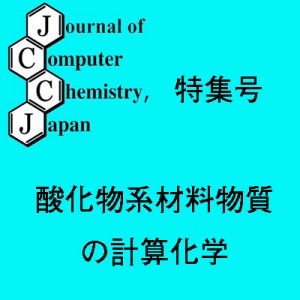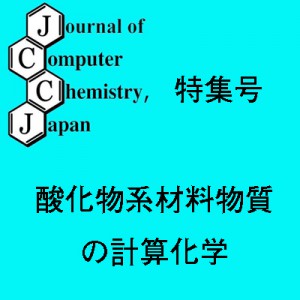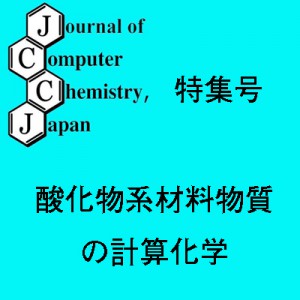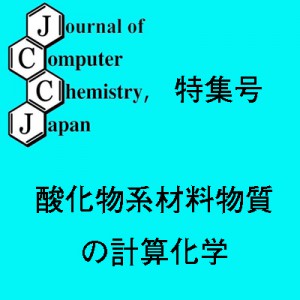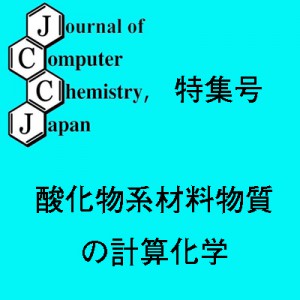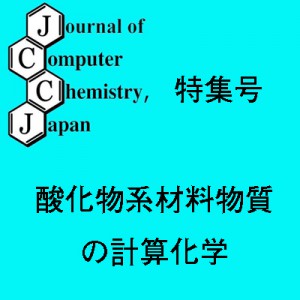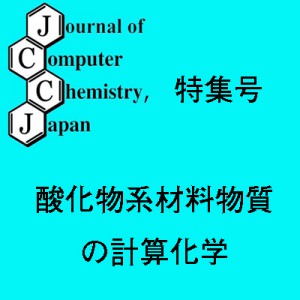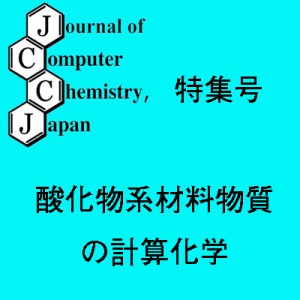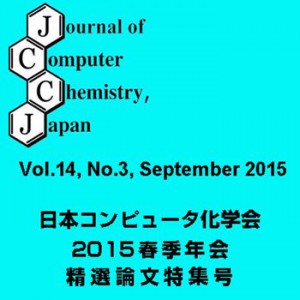<Title:> The Nature of Si-O-Si Bonding via Molecular Orbital Calculations
<Author(s):> Fumiya NORITAKE, Katsuyuki KAWAMURA
<Corresponding author E-Mill:> noritake(at)eqchem.s.u-tokyo.ac.jp
<Abstract:> The nature of Si-O bonding and Si-O-Si bridging is discussed using molecular orbital calculations. We found the equilibrium geometries for two pyrosilisic acid molecules (C2V and 60° torsion) using M ller-Plesset perturbation theory and 6-311G (d,p) split valence basis set. The bent configuration of the Si-O-Si angle in equilibrium geometries can be explained by the balance of Coulombic repulsion between SiO4 tetrahedra and the energy of lone pair orbitals belonging to bridging oxygen atom without concerning the contribution of d-p π-bonding from the results of natural bonding orbital analysis. The energy surfaces of two pyrosilisic acid molecules with varying Si-O length to the bridging oxygen and Si-O-Si angle were calculated and we found the relationship between Si-O length to the bridging and Si-O-Si bridging angle. The Si-O bonding strengthens with increasing Si-O-Si angle because of stabilization in energy of Si-O bonding orbital with decreasing the hybridization index λ in spλ orbital of bridging oxygen and increase of Coulombic interaction between Si and bridging oxygen atom.
<Keywords:> Keyword Siloxanes, Silicates, Molecular Orbital Calculation, Natural Bonding Orbital Analysis
<URL:> https://www.jstage.jst.go.jp/article/jccj/14/4/14_2015-0009/_article/-char/ja/
